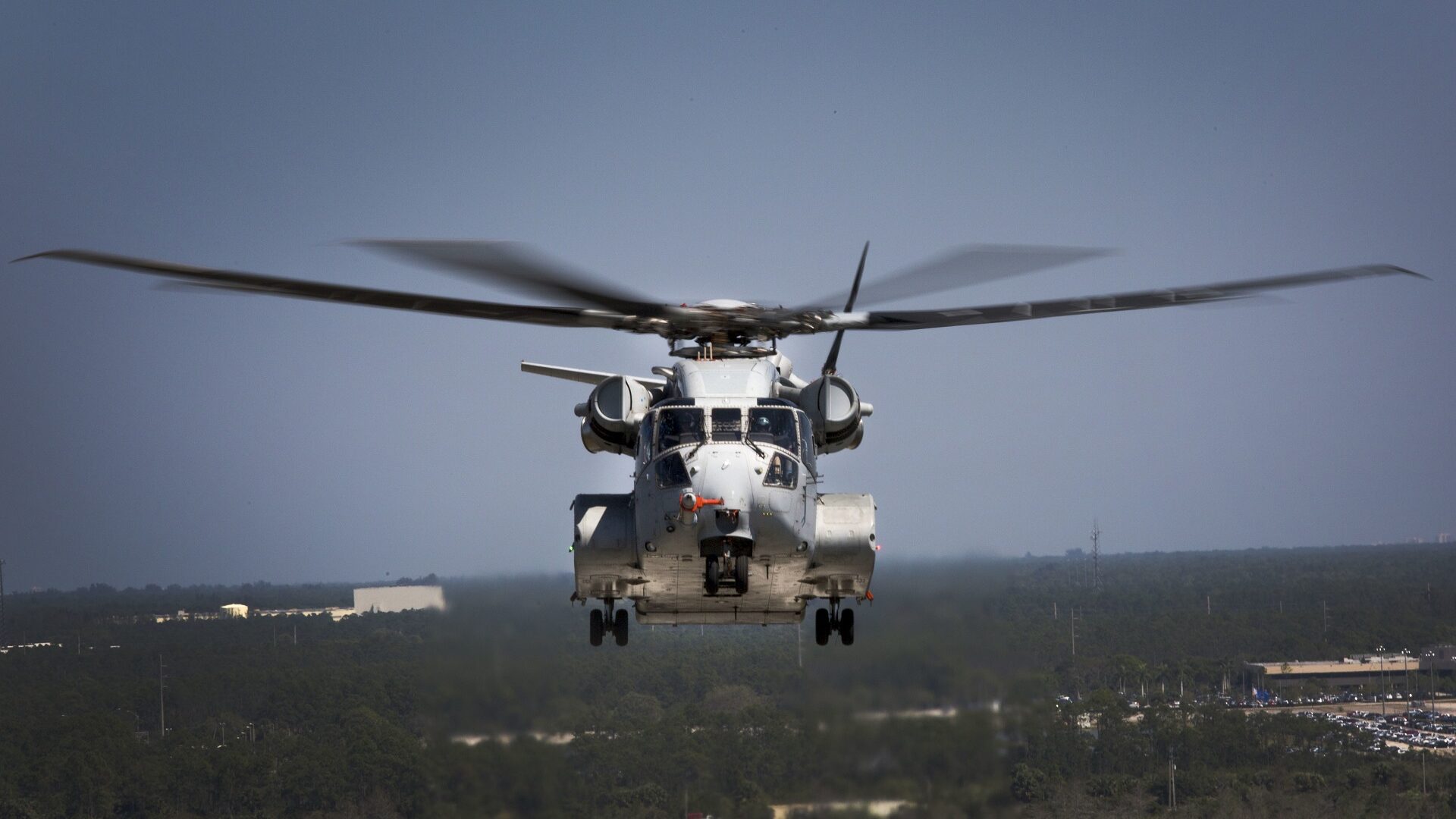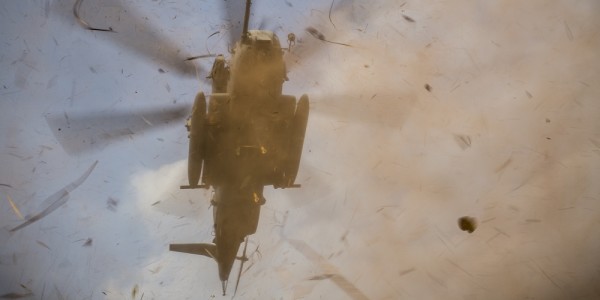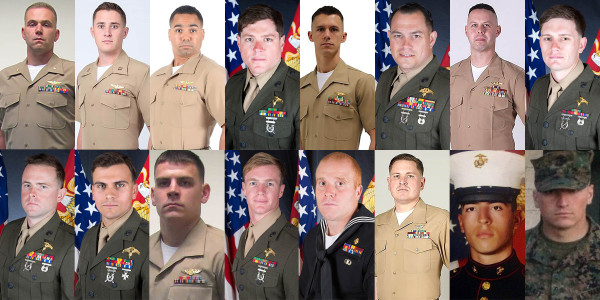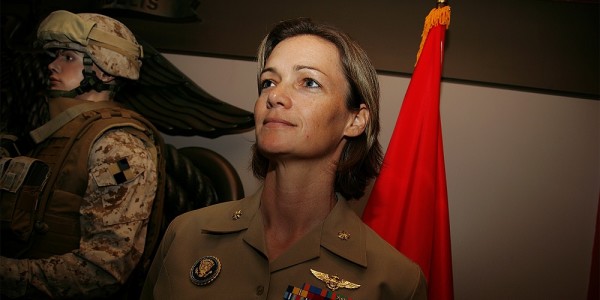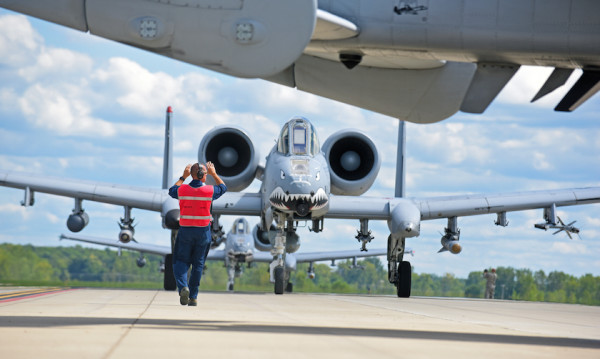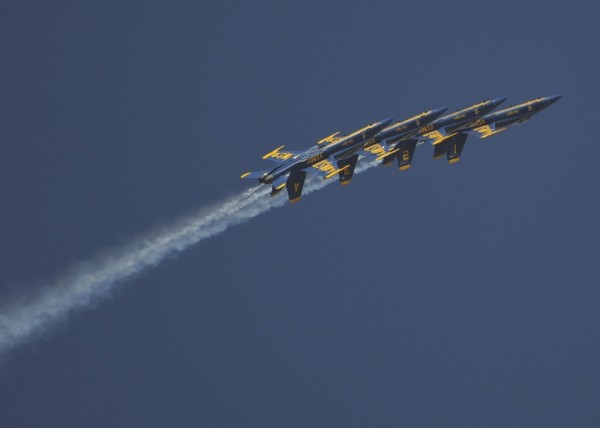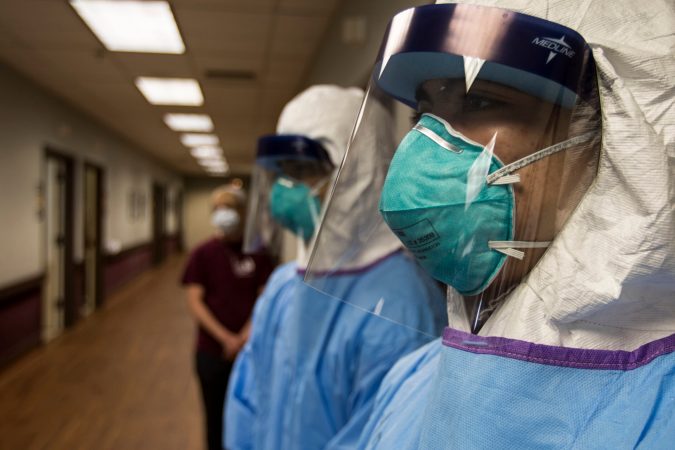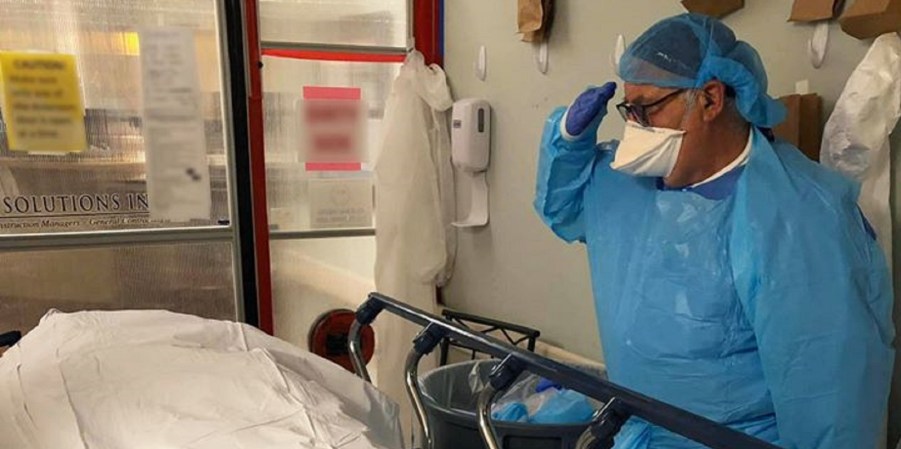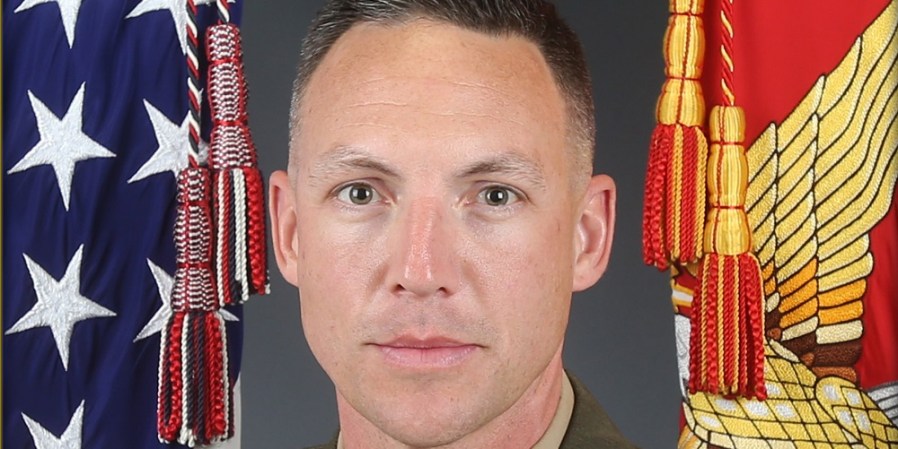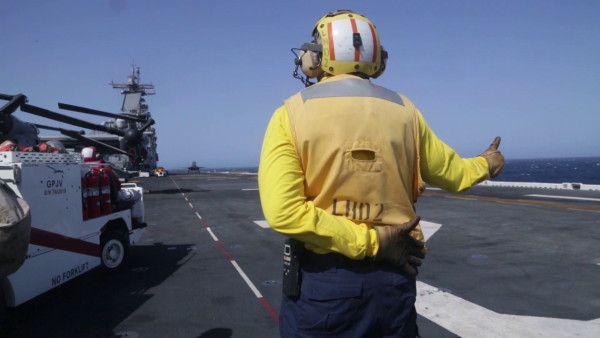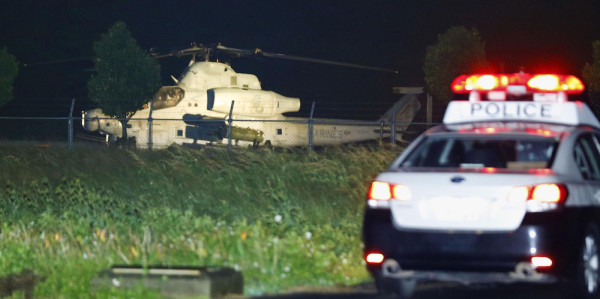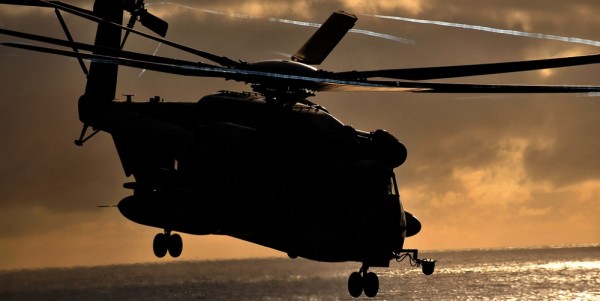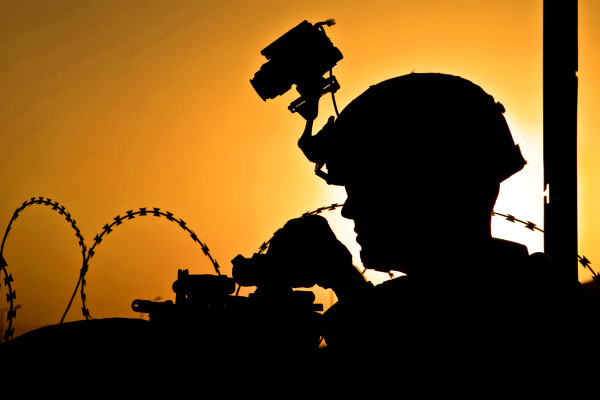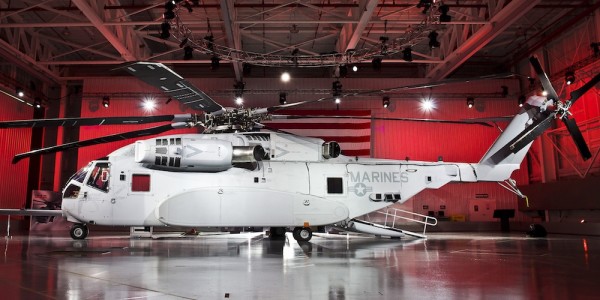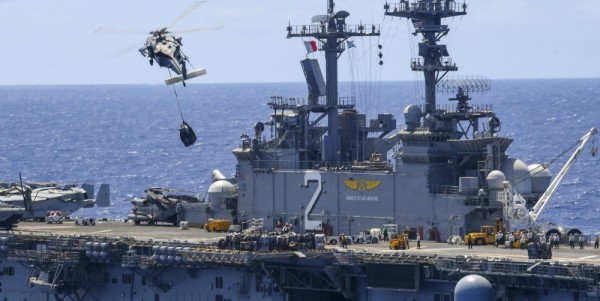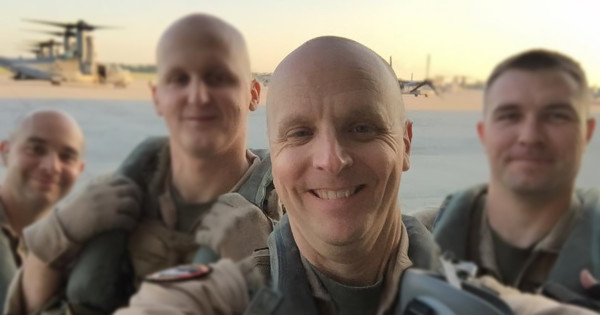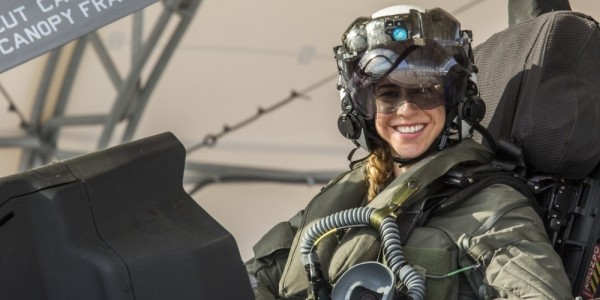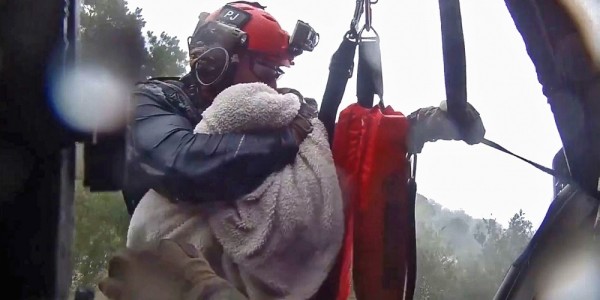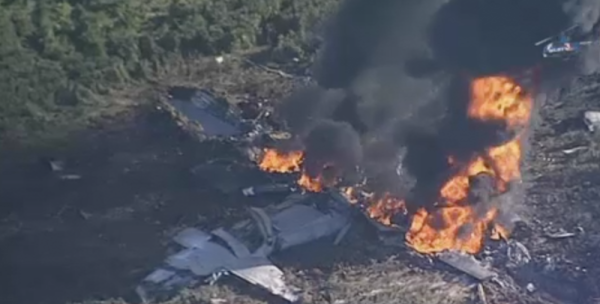It’s official, “the most powerful helicopter the United States has ever fielded” is joining the Marine Corps rotary wing fleet.
Next week, Marine Heavy Helicopter Squadron (HMH) 461 will redesignate and become the first CH-53K “King Stallion” squadron in the Marine Corps.
While it may look similar to the same heavy-lift platform that has been in service since the Vietnam War, this helicopter carries with it numerous upgrades.

“The CH-53K has three times the lift capability of its predecessor, the CH-53E,” reads a statement from the 2nd Marine Air Wing, the parent unit of HMH-461. “It has a wider cabin and is able to carry 27,000 pounds versus the CH-53E that can carry 9,628 pounds. Its engine produces 57% more horsepower with 63% fewer parts than the CH-53E.”
That means a major improvement to a platform that has been a key component of Marine Corps operations in the field. As Brian Jones wrote for Task & Purpose in 2017:
When I was in Afghanistan from 2011 to 2012, the CH-53 was so critical to combat operations it was the only squadron the Marine Corps kept two iterations of. The 2nd Marine Aircraft Wing (Forward) had a CH-53E Super Stallion squadron and a CH-53D Sea Stallion squadron. But both versions of the aircraft were decades old, but were incredibly busy across the theater of operations. Those platforms desperately need to be upgraded.
The development of the helicopter has been among the Pentagon’s most expensive recent projects. Since the start of development in 2006, the project has cost more than $31 billion, as the initial cost of each airframe ballooned to $144 million apiece by 2017. There have been issues with airspeed indication anomalies, reliability issues in the rotor gearbox, and tail boom and rotor structural problems. As the airframe enters full-scale production, however, that cost is expected to dip below $100 million per aircraft, according to a July 2021 article by USNI News.

While expensive, the airframe fulfills a valuable mission as a workhorse in supplying forward-deployed Marines — and is capable of transporting dozens of troops or even a Humvee — as well as hauling tons of cargo from ship to shore.
In the past year of testing, the new King Stallions have been used to recover a downed Navy MH-60S Knighthawk helicopter from the White Mountains of California, and have hauled 12-ton light armored vehicles from ship to shore during exercises in the Atlantic Ocean.
The official transition will occur Jan. 24 at Marine Corps Air Station New River in North Carolina.
What’s hot on Task & Purpose
- A judge ordered a man convicted of sexual assault to join the military or go to jail
- An Army spouse used a $30 device to track down a shady moving truck driver
- The Navy is still looking for the best use of its ‘little crappy ships’
- Here’s why the Marine Corps must do more to keep its best female Marines in uniform
- These soldiers cleared a path through 145 unexploded artillery rounds so senior officials could visit a building
Want to write for Task & Purpose? Click here. Or check out the latest stories on our homepage.

